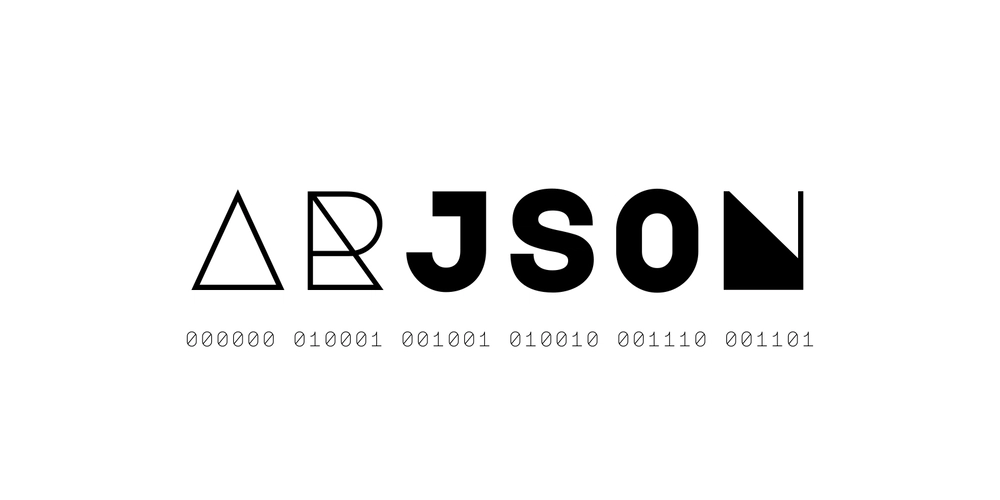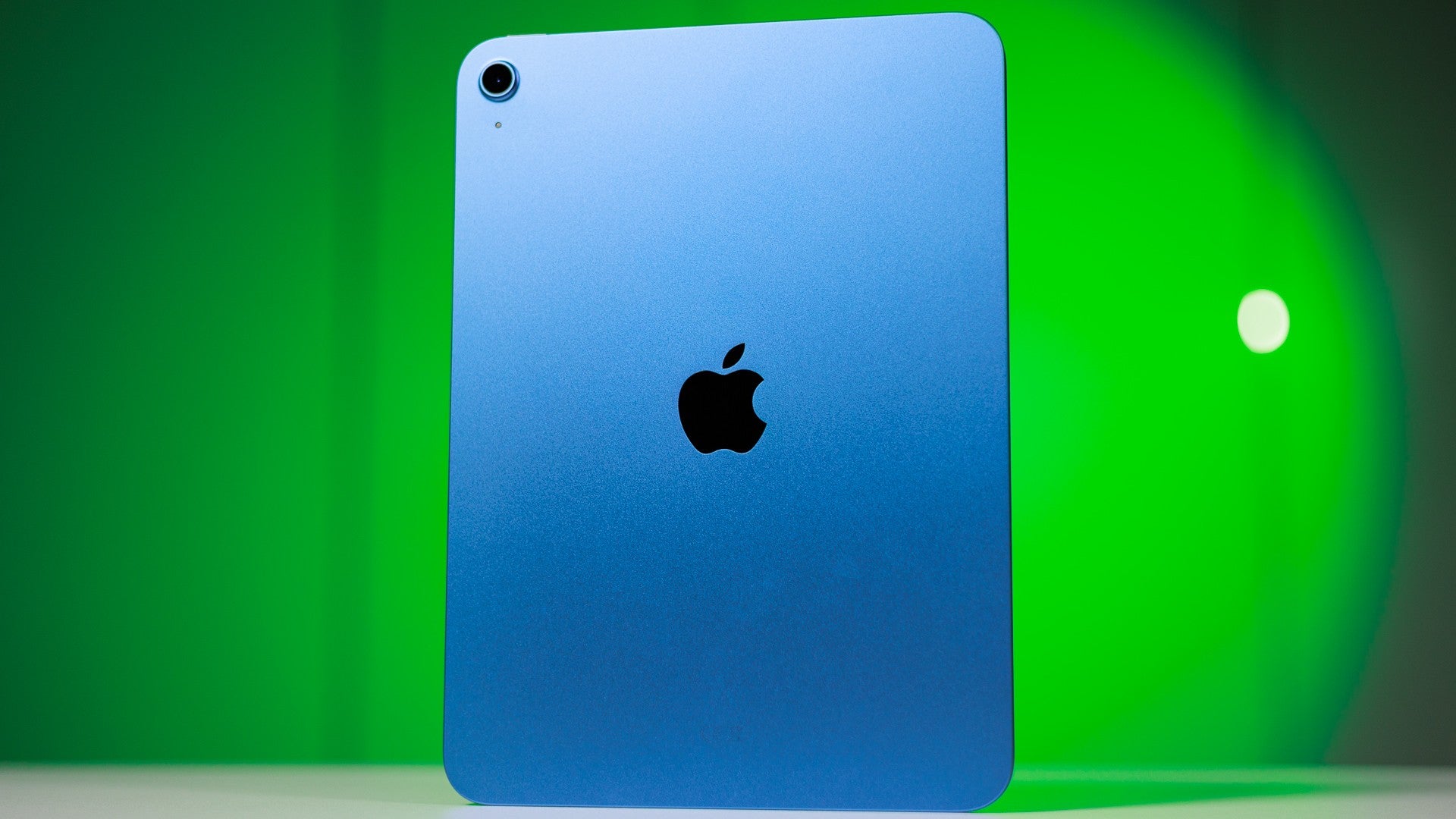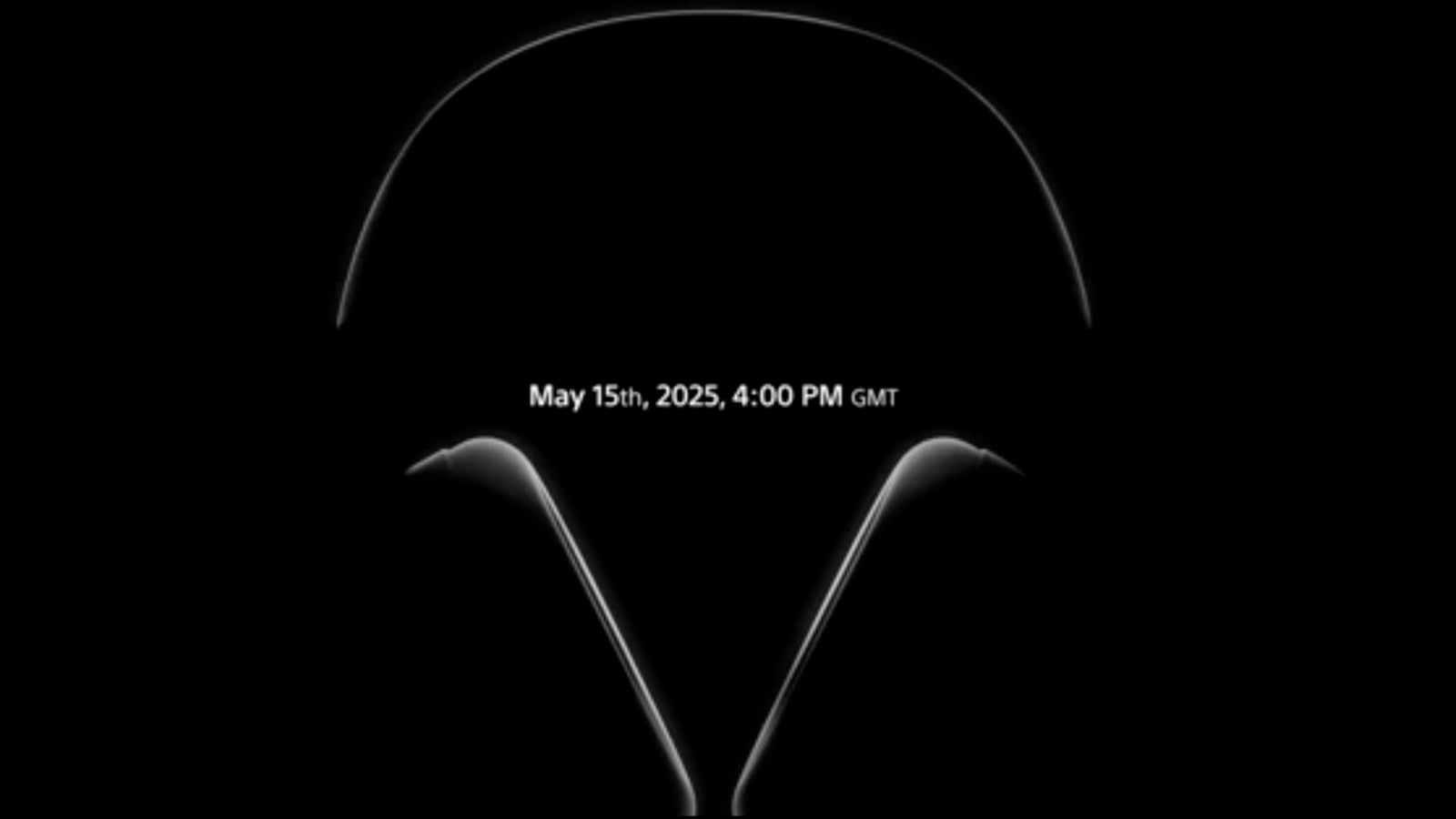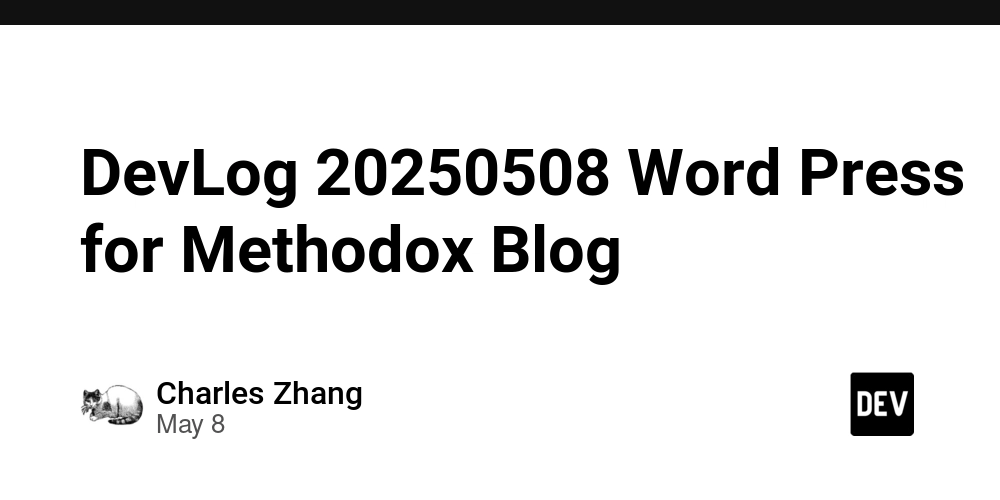How to Sync Git Repository Dependencies Using uv in Python?
Introduction In modern Python development, managing dependencies efficiently is crucial. If you're using the uv tool for dependency management, you might encounter a situation where you want to keep your Git-based dependencies up to date whenever changes are made in the repository. This article will help you figure out how to configure uv to automatically perform a git pull for your dependencies, ensuring your virtual environment reflects the latest code. Understanding the Issue The problem arises when you add a Git repository as a dependency in your project using the uv add command. After making commits in the Git repository of the dependency, you might expect that running uv sync will pull the changes and update the files in your current virtual environment (usually located in .venv). However, in practice, you may find that the changes are not reflected, as you've experienced. The Current Workflow From what you've described, your workflow for adding the dependency seems correct: uv add git+https://github.com/PowerInsight/quantstats.git Then, after committing changes in the dependency repository: uv sync Yet, the modifications made in the Git repository are not apparent in .venv\Lib\site-packages\quantstats. The Solution: Ensuring Updates on Sync To effectively synchronize changes from your Git dependency using uv, you can take a few additional steps. Let’s break down the solution into actionable steps. Step 1: Ensure the Dependency Is Added Correctly Firstly, ensure you have added your Git dependency correctly in your pyproject.toml file. The command you used: uv add git+https://github.com/PowerInsight/quantstats.git --branch main is correct if you're explicitly pulling from a specific branch. However, always confirm that the provided URL and branch name exist. Step 2: Modify pyproject.toml Make sure your pyproject.toml is set up to instruct uv to observe changes in the Git repository. Your initial attempt with cache keys is a good start, but let’s ensure everything is in place correctly: [tool.uv] cache-keys = [{ git = { commit = true } }] reinstall-package = ["quantstats"] This configuration ensures uv checks for updates in the Git commits. The reinstall-package directive is particularly useful; it informs uv to reinstall dependencies whenever there are changes detected. Step 3: Manual Git Commands In some cases, simply syncing through uv might not suffice, especially for custom setups. You might need to manually pull the latest changes to ensure your local environment is up to date. You can do this using: cd .venv/Lib/site-packages/quantstats git pull dcd - Step 4: Running uv with Verbose Logging To gain insights into what’s happening when you run uv sync, it can be beneficial to run the command with verbosity enabled. This can help you pinpoint issues effectively: uv sync --verbose Step 5: Potential Workarounds While the above steps should alleviate the issue, if you’re still facing problems, consider the following workarounds: Recreate the Virtual Environment: Sometimes, starting fresh can resolve configuration problems. Delete the existing virtual environment, recreate it, and reinstall dependencies afresh. Check for Errors: Review your terminal output when running uv sync for any error messages that could provide clues about what's going wrong. Frequently Asked Questions What happens if uv sync still does not pull the latest changes? If after trying the above steps, uv sync does not reflect the changes, manually pulling the changes from the Git repository might be necessary as a temporary workaround. Do I need to configure anything on the Git repository side? Generally, no special configuration is needed on the Git repository. Just ensure that the correct branch is checked out and up to date in the remote repository. Is there a possibility of caching issues with uv? Yes, caching issues can sometimes interfere with the update process. The cache-keys setting in your pyproject.toml is designed to mitigate this risk, but it's good to verify that cached data is not interfering with updates. Conclusion Managing Git dependencies with uv can be straightforward if you follow the right steps. By ensuring that your configuration in pyproject.toml is set appropriately and manually verifying changes through Git commands when needed, you can maintain a synchronized workflow. Hopefully, these tips will help you keep your virtual environment up to date with any changes made in your Git dependencies, enhancing your development experience.

Introduction
In modern Python development, managing dependencies efficiently is crucial. If you're using the uv tool for dependency management, you might encounter a situation where you want to keep your Git-based dependencies up to date whenever changes are made in the repository. This article will help you figure out how to configure uv to automatically perform a git pull for your dependencies, ensuring your virtual environment reflects the latest code.
Understanding the Issue
The problem arises when you add a Git repository as a dependency in your project using the uv add command. After making commits in the Git repository of the dependency, you might expect that running uv sync will pull the changes and update the files in your current virtual environment (usually located in .venv). However, in practice, you may find that the changes are not reflected, as you've experienced.
The Current Workflow
From what you've described, your workflow for adding the dependency seems correct:
uv add git+https://github.com/PowerInsight/quantstats.git
Then, after committing changes in the dependency repository:
uv sync
Yet, the modifications made in the Git repository are not apparent in .venv\Lib\site-packages\quantstats.
The Solution: Ensuring Updates on Sync
To effectively synchronize changes from your Git dependency using uv, you can take a few additional steps. Let’s break down the solution into actionable steps.
Step 1: Ensure the Dependency Is Added Correctly
Firstly, ensure you have added your Git dependency correctly in your pyproject.toml file. The command you used:
uv add git+https://github.com/PowerInsight/quantstats.git --branch main
is correct if you're explicitly pulling from a specific branch. However, always confirm that the provided URL and branch name exist.
Step 2: Modify pyproject.toml
Make sure your pyproject.toml is set up to instruct uv to observe changes in the Git repository. Your initial attempt with cache keys is a good start, but let’s ensure everything is in place correctly:
[tool.uv]
cache-keys = [{ git = { commit = true } }]
reinstall-package = ["quantstats"]
This configuration ensures uv checks for updates in the Git commits. The reinstall-package directive is particularly useful; it informs uv to reinstall dependencies whenever there are changes detected.
Step 3: Manual Git Commands
In some cases, simply syncing through uv might not suffice, especially for custom setups. You might need to manually pull the latest changes to ensure your local environment is up to date. You can do this using:
cd .venv/Lib/site-packages/quantstats
git pull
dcd -
Step 4: Running uv with Verbose Logging
To gain insights into what’s happening when you run uv sync, it can be beneficial to run the command with verbosity enabled. This can help you pinpoint issues effectively:
uv sync --verbose
Step 5: Potential Workarounds
While the above steps should alleviate the issue, if you’re still facing problems, consider the following workarounds:
- Recreate the Virtual Environment: Sometimes, starting fresh can resolve configuration problems. Delete the existing virtual environment, recreate it, and reinstall dependencies afresh.
-
Check for Errors: Review your terminal output when running
uv syncfor any error messages that could provide clues about what's going wrong.
Frequently Asked Questions
What happens if uv sync still does not pull the latest changes?
If after trying the above steps, uv sync does not reflect the changes, manually pulling the changes from the Git repository might be necessary as a temporary workaround.
Do I need to configure anything on the Git repository side?
Generally, no special configuration is needed on the Git repository. Just ensure that the correct branch is checked out and up to date in the remote repository.
Is there a possibility of caching issues with uv?
Yes, caching issues can sometimes interfere with the update process. The cache-keys setting in your pyproject.toml is designed to mitigate this risk, but it's good to verify that cached data is not interfering with updates.
Conclusion
Managing Git dependencies with uv can be straightforward if you follow the right steps. By ensuring that your configuration in pyproject.toml is set appropriately and manually verifying changes through Git commands when needed, you can maintain a synchronized workflow. Hopefully, these tips will help you keep your virtual environment up to date with any changes made in your Git dependencies, enhancing your development experience.










































































































































































![[The AI Show Episode 146]: Rise of “AI-First” Companies, AI Job Disruption, GPT-4o Update Gets Rolled Back, How Big Consulting Firms Use AI, and Meta AI App](https://www.marketingaiinstitute.com/hubfs/ep%20146%20cover.png)










































































































































































































































































_Aleksey_Funtap_Alamy.jpg?width=1280&auto=webp&quality=80&disable=upscale#)
_Sergey_Tarasov_Alamy.jpg?width=1280&auto=webp&quality=80&disable=upscale#)












































































































![Apple Foldable iPhone to Feature New Display Tech, 19% Thinner Panel [Rumor]](https://www.iclarified.com/images/news/97271/97271/97271-640.jpg)
![Apple Developing New Chips for Smart Glasses, Macs, AI Servers [Report]](https://www.iclarified.com/images/news/97269/97269/97269-640.jpg)
![Apple Shares New Mother's Day Ad: 'A Gift for Mom' [Video]](https://www.iclarified.com/images/news/97267/97267/97267-640.jpg)
![Apple Shares Official Trailer for 'Stick' Starring Owen Wilson [Video]](https://www.iclarified.com/images/news/97264/97264/97264-640.jpg)




































































































